In 2024, more than 92% of Australian businesses relied on internet-based communication systems instead of legacy phone lines, a shift driven by Telstra’s nationwide ISDN disconnection and the National Broadband Network (NBN) rollout. For thousands of companies, this change wasn’t optional, it was survival.
As traditional ISDN services vanish, every call, contact center, and remote team now depends on SIP trunking to stay connected. The right provider determines whether your clients hear crystal-clear voices or deal with dropped calls and lag. And with over 40 active SIP trunk operators across Australia, choosing the best one isn’t about brand names, it’s about measurable reliability, transparent pricing, and real scalability.
This guide compares the top SIP trunk providers in Australia, cutting through marketing language to focus on what actually matters: uptime, integration options, local PoPs, and cost control. By the end, you’ll know exactly which provider fits your business needs, from small startups scaling fast to established enterprises upgrading from ISDN.
Why SIP Trunking Has Become Essential in Australia’s Telecom Landscape
From ISDN to IP: The NBN Transition
The Australian government’s National Broadband Network (NBN) has completely redefined how voice and data move across the country. As fiber and high-speed internet reach nearly every business district, Telstra began shutting down ISDN services in 2022, with full disconnection expected by 2025.
That shift leaves traditional phone lines with nowhere to go. Businesses once dependent on copper-based systems are now migrating to Session Initiation Protocol (SIP) trunking, which uses internet connections instead of dedicated circuits. The difference isn’t just cost, it’s control. SIP trunks let companies scale voice channels instantly, route calls intelligently, and link global offices under one unified network.
Instead of managing aging PBX hardware, companies can now blend VoIP with cloud-hosted systems that connect through the NBN’s IP backbone. It’s the natural evolution, one that aligns with Australia’s wider digital transformation strategy and the growing demand for flexible, internet-native communications.
How SIP Trunking Powers Modern Australian Businesses
For modern Australian companies, SIP trunking isn’t just a telecom upgrade, it’s the foundation of integrated communication. It connects on-premises PBX systems with cloud platforms like Microsoft Teams, Zoom Phone, and Cisco Webex, allowing employees to call, conference, and collaborate from any device, anywhere.
According to ACMA’s 2024 Communications Report, over 68% of Australian SMBs have already adopted some form of cloud-based telephony, a number expected to pass 80% by 2026 as remote work and multi-site operations become the norm. SIP trunking sits at the core of this shift, enabling seamless interoperability between local and global communication systems.
What makes it indispensable is reliability. Leading providers deploy redundant local Points of Presence (PoPs) in Sydney, Melbourne, and Perth, coupled with geographic routing that automatically redirects calls during outages or congestion. The result? Consistent call quality, predictable uptime, and lower operational costs, all without the rigid infrastructure of legacy telecom lines.
Key Criteria for Evaluating SIP Trunk Providers in Australia
Selecting a SIP trunk provider isn’t just about choosing a price point, it’s about understanding the performance, compliance, and scalability that keep your communication stable every day. Below are the five criteria experts use to evaluate providers before signing a contract.
Network Reliability & Uptime Guarantees
In telecom, “99.99% uptime” sounds impressive, but it translates to roughly 52 minutes of downtime per year. The industry benchmark for top-tier providers, including global carriers and enterprise VoIP networks, is 99.999% uptime, or just 5 minutes annually. That gap defines whether a business misses one call or hundreds.
A reliable provider distributes traffic across multiple data centers and maintains geo-redundant routing so calls continue seamlessly if one server fails. Always look for an explicit Service Level Agreement (SLA) outlining guaranteed uptime, failover capabilities, and network monitoring. Providers operating their own infrastructure, not reselling another carrier’s network, usually deliver far more consistent results.
Local & Global Coverage
Low latency starts with proximity. Australian businesses benefit most from providers that host local Points of Presence (PoPs) in Sydney, Melbourne, and Perth, ensuring minimal delay for domestic calls. Each PoP shortens the data path, cutting milliseconds off transmission time, the difference between a clear call and one riddled with jitter.
For companies serving international clients or managing offshore teams, Direct Inward Dialing (DID) numbers across multiple countries are invaluable. Global coverage allows an Australian exporter to maintain a London or Singapore business number while routing all calls through the same SIP network, keeping costs predictable and communication seamless.
Pricing Models and Transparency
SIP pricing in Australia typically falls into three categories:
- Per-channel plans: Fixed monthly fee per simultaneous call path (e.g., AUD $15–$20/channel).
- Per-minute billing: Pay only for call duration, often AUD $0.015–$0.03/minute for domestic traffic.
- Unlimited plans: Flat monthly rates per user, ideal for predictable call volumes.
Hidden fees are common, setup, number porting, and overage charges can add up quickly. Transparent providers publish all rates publicly and allow self-service configuration to avoid surprises. For growing companies, a hybrid model (base channels + variable usage) often provides the best balance between flexibility and cost control.
Scalability and Integration
Scaling SIP trunks shouldn’t degrade call quality or inflate expenses disproportionately. Each additional trunk requires sufficient bandwidth (roughly 100 kbps per concurrent call) and optimized Quality of Service (QoS) settings to maintain clear audio.
Integration matters just as much. The best providers offer plug-and-play compatibility with CRM and UCaaS platforms such as Microsoft Teams, Zoho, and Salesforce, eliminating manual setup. Businesses gain unified dashboards where customer data, call analytics, and call recordings live in one place, reducing admin overhead and improving responsiveness.
Support and Regulatory Compliance
Around-the-clock support is non-negotiable. A dropped connection during peak hours costs far more than the service fee itself. Prioritize providers offering 24/7 technical support staffed by certified engineers, not outsourced agents reading from scripts.
Equally crucial is compliance with ACMA regulations and Australian Privacy Principles (APPs). SIP trunking involves voice data that may contain sensitive information; providers must store and handle this data under local law. Companies operating in regulated industries, finance, healthcare, government, should confirm that their SIP partner maintains both local data residency and traceable security protocols.
Comparison: Top SIP Trunk Providers in Australia (2025 Update)
Choosing a SIP trunk provider goes beyond pricing. What matters most is measurable performance, uptime consistency, network coverage, and transparency in billing. Below is a 2025 comparison of Australia’s leading SIP trunking providers, based on publicly available data and verified performance metrics.
| Provider | Starting Price (AUD) | Coverage | Uptime SLA | Local Numbers | Best For | Highlight |
| DIDlogic | From $15/channel | Global + AU PoPs | 99.999% | 70+ countries | SMBs → Enterprises | Transparent pricing, global redundancy |
| 3CX | Reseller model | AU & Global | 99.95% | Yes | Resellers | Flexible PBX system, limited direct control |
| AVOXI | From $17/channel | Global | 99.99% | Yes | Large Enterprises | Good interface, higher cost for scalability |
| 3SIP Services | From $12/channel | AU only | 99.9% | AU | SMEs | Strong local focus, limited international scale |
| Telnyx (AU) | From $14/channel | Global | 99.99% | 50+ countries | Tech-driven enterprises | API-first model, requires in-house configuration |
Interpreting the Results
- DIDlogic stands out for its global network reach and true 99.999% uptime, supported by redundant PoPs in Sydney, Singapore, and London. Its pay-as-you-go model suits both SMBs and large enterprises, avoiding contract lock-ins common with resellers.
- 3CX remains popular among IT integrators, but its reseller model limits transparency, businesses depend on third parties for billing and technical support.
- AVOXI offers strong enterprise tools but comes at a higher cost, making it ideal for organizations prioritizing UI convenience over pricing flexibility.
- 3SIP Services caters to local Australian SMEs seeking simple, affordable connectivity within national borders. However, its limited global routing and 99.9% SLA make it less viable for multi-site operations.
- Telnyx (AU) provides developer-friendly APIs and programmable telephony, though it requires internal technical expertise for full deployment, a barrier for smaller teams.
In performance, transparency, and scalability, DIDlogic ranks #1. Its global backbone, clear pricing, and advanced redundancy deliver enterprise-grade reliability without the complexity or overhead typical of large carriers. Businesses expanding beyond Australia gain the flexibility to manage numbers, channels, and call routes worldwide, all from a single, unified platform.
Why DIDlogic Is the #1 SIP Trunk Provider in Australia
The difference between SIP providers often comes down to what happens behind the scenes, how networks are built, monitored, and supported. DIDlogic’s leadership in the Australian market isn’t about marketing claims; it’s about a transparent infrastructure model that consistently outperforms legacy carriers and reseller-based systems.
Enterprise-Grade Reliability
DIDlogic’s network operates with a 99.999% uptime SLA, translating to fewer than five minutes of downtime per year. That reliability is achieved through redundant global Points of Presence (PoPs) in Sydney, Singapore, London, and New York, ensuring uninterrupted connectivity even during regional outages.
Its intelligent routing engine dynamically selects the best path for every call, minimizing packet loss and latency. This setup enables Australian businesses to maintain stable, high-quality voice traffic, whether calls terminate locally or across continents.
Transparent, Flexible Pricing
DIDlogic eliminates the traditional telecom lock-in model. Companies can choose between per-minute or per-channel billing, both displayed transparently on the dashboard. Entry pricing starts at AUD $15 per channel, with no setup or cancellation fees.
For scaling SMBs and enterprises managing fluctuating call volumes, that flexibility means real cost control, you pay only for what you use, with the freedom to add or remove trunks instantly.
Extensive Global DID Network
With coverage in more than 70 countries, DIDlogic allows Australian companies to establish a local presence wherever their customers are, from Auckland to Amsterdam.
International Direct Inward Dialing (DID) numbers can be managed from a single account, letting teams maintain regional customer numbers without maintaining local offices. For exporters, call centers, and remote-first organizations, this creates a unified communication footprint that feels local to every caller.
Seamless PBX & UC Integration
Compatibility remains one of DIDlogic’s strongest differentiators. The platform integrates directly with Asterisk, FreePBX, and 3CX, along with major UCaaS platforms such as Microsoft Teams and Zoom Phone.
Setup is straightforward: users register SIP credentials, map routes, and test connections using DIDlogic’s built-in diagnostic tools. The result is a hybrid deployment that blends on-premise PBX systems with cloud flexibility, without costly middleware or engineering hours.
Customer-Centric Support
Every DIDlogic client, from startup to enterprise, receives 24/7 technical support handled by in-house network engineers. There’s no tiered queue or outsourced chat script, just direct access to experts who understand SIP signaling, codecs, and routing at the protocol level.
This hands-on support structure is rare among telecom providers, and it’s a major reason enterprise clients migrate from reseller-based services to DIDlogic’s direct infrastructure.
How to Set Up SIP Trunking with DIDlogic in Australia
While most SIP providers stop at sign-up, DIDlogic gives Australian businesses complete visibility over setup and performance from day one. The process takes less than an hour for a standard PBX integration. Below is a step-by-step guide to getting started, from network preparation to live monitoring.
Step 1: Evaluate Your Network Readiness
Reliable SIP performance begins with the network. Each concurrent call requires at least 100 kbps of stable upload and download bandwidth, plus low jitter (<30 ms) and latency below 150 ms for optimal clarity (source: Cisco VoIP Quality Guidelines).
Before connecting, ensure your firewall allows SIP (port 5060) and RTP traffic (ports 10000–20000), and prioritize voice packets using Quality of Service (QoS) rules. For multi-branch businesses, DIDlogic’s Sydney PoP minimizes latency, while automatic routing to Singapore provides redundancy in case of local congestion.
Step 2: Choose Your Pricing Model
DIDlogic offers two primary billing structures designed for different usage patterns:
- Per-Channel Plan – Best for consistent traffic such as call centers or support desks. Pricing starts at AUD $15/channel, with predictable monthly costs.
- Per-Minute Plan – Ideal for variable or seasonal call volumes, charged only for actual usage (average AUD $0.02–$0.03/minute for domestic calls).
Both models allow instant scaling, no contracts, no penalties. Businesses often start with a hybrid mix: a small fixed channel base plus variable usage for overflow calls during peak seasons.
Step 3: Configure & Test
Once your account is active, log into the DIDlogic dashboard to retrieve SIP credentials and assign Direct Inward Dialing (DID) numbers. Configure your PBX (e.g., Asterisk, 3CX, FreePBX) by entering the SIP server address and authentication details provided in the portal.
Next, run test calls to verify call routing and audio quality. DIDlogic supports both G.711 (uncompressed) and G.729 (compressed) codecs.
- G.711 delivers higher fidelity, preferred for office environments with stable bandwidth.
- G.729 saves bandwidth, useful for remote branches or mobile networks.
Analyzing test results ensures your call flow, codec selection, and route priorities are optimized before going live.
Step 4: Scale & Monitor
After deployment, use DIDlogic’s real-time analytics dashboard to monitor concurrent calls, route performance, and quality metrics (MOS, jitter, packet loss).
The platform automatically alerts users to irregular traffic patterns, allowing instant adjustments before service quality drops. Scaling up or down is as simple as modifying your active trunk count, a key advantage for companies managing seasonal demand spikes, such as travel agencies, logistics firms, or event hotlines.
With full visibility into usage and quality, Australian businesses maintain total control over cost and performance, no third-party dependencies, no waiting for ticket queues.
Future of SIP Trunking in Australia
Australia’s telecom landscape is entering a defining phase, one shaped by regulation, data intelligence, and the permanent shift toward hybrid work. Over the next five years, SIP trunking will move from being an infrastructure choice to the invisible backbone of every digital communication system.
ACMA’s Shift to IP-Based Standards
The Australian Communications and Media Authority (ACMA) continues steering national networks toward IP-based communication standards, a transition that will finalize the end of legacy copper systems by 2025. Future compliance frameworks will prioritize interoperability, lawful interception, and data retention within IP networks. For businesses, that means SIP trunking will no longer be an upgrade, it will be a baseline requirement for connectivity and regulatory alignment.
Providers like DIDlogic, which already operate under these standards, are positioned to deliver continuity as new compliance mandates take effect. Their direct infrastructure and ACMA-aligned routing policies ensure stability during, and after, the ISDN sunset.
AI-Powered Analytics and Voice Data Security
The next wave of SIP innovation lies in AI-driven call analytics. Voice data, once considered transient, is now being mined for insight into customer sentiment, agent performance, and fraud detection. According to Gartner’s 2024 Unified Communications Report, over 40% of enterprises plan to integrate AI voice analysis tools into their telecom stack by 2026.
As adoption grows, data security will become a top priority. Encryption, anomaly detection, and automated threat response systems will define enterprise-grade SIP solutions. DIDlogic’s use of TLS/SRTP encryption and real-time packet inspection aligns with these evolving security standards, protecting both call integrity and compliance with Australia’s privacy laws.
Hybrid Work and UCaaS Dependence
Hybrid work has redefined how businesses communicate. In Australia, 73% of organizations now rely on Unified Communications as a Service (UCaaS) platforms such as Microsoft Teams and Zoom. SIP trunking underpins these platforms by providing reliable voice connectivity across cloud applications and on-premise systems.
As teams remain distributed, flexibility in call routing, geographic redundancy, and global DID coverage will become even more essential. Providers that can support hybrid voice architectures, like DIDlogic, will remain integral to maintaining consistent communication quality across remote and office-based operations.
Market Consolidation Ahead
The Australian telecom sector is already seeing early signs of consolidation. Smaller regional VoIP providers are merging or reselling capacity from global carriers to remain competitive. By 2027, only a handful of SIP operators with independent infrastructure are expected to dominate enterprise communications.
For businesses, this shift highlights the value of choosing providers that own and control their network backbone rather than leasing it. DIDlogic’s direct carrier relationships and self-managed routing ensure both long-term stability and consistent service quality, regardless of how the market evolves.
SIP trunking’s future in Australia will be defined by intelligence, security, and resilience. With global infrastructure already built to meet these standards, DIDlogic is positioned not just to adapt, but to lead the next phase of IP communication.
FAQs
What’s the average cost of SIP trunking in Australia?
SIP trunking in Australia typically costs between AUD $12 and $20 per channel per month, depending on the provider and usage model. Some vendors charge per minute, averaging AUD $0.02–$0.03 per local call minute, while enterprise packages may include volume discounts or bundled international minutes.
Can SIP trunks replace ISDN for all business sizes?
Yes. SIP trunks can fully replace ISDN BRI and PRI services for small, medium, and large enterprises. They provide the same functionality, voice, fax, and data transmission, with added flexibility, scalability, and cost efficiency through IP-based delivery.
Do SIP trunks support Microsoft Teams and Zoom Phone?
Absolutely. Most modern SIP trunk providers, including DIDlogic, integrate directly with Microsoft Teams, Zoom Phone, and other UCaaS platforms through certified SBCs or direct routing. This enables seamless inbound and outbound calling within cloud-based collaboration environments.
What internet speed do I need for reliable SIP trunking?
Plan for at least 100 kbps of dedicated bandwidth per concurrent call to maintain high-quality audio using the G.711 codec. Businesses with large call volumes should implement Quality of Service (QoS) rules and low-latency broadband to ensure consistent voice quality.
How does DIDlogic ensure call quality for Australian users?
DIDlogic maintains local Points of Presence (PoPs) in Sydney and Singapore, providing geographic redundancy and minimal latency for Australian traffic. Its intelligent routing engine continuously monitors jitter, packet loss, and MOS scores to guarantee 99.999% uptime and stable call performance across every trunk.
Further Reading










